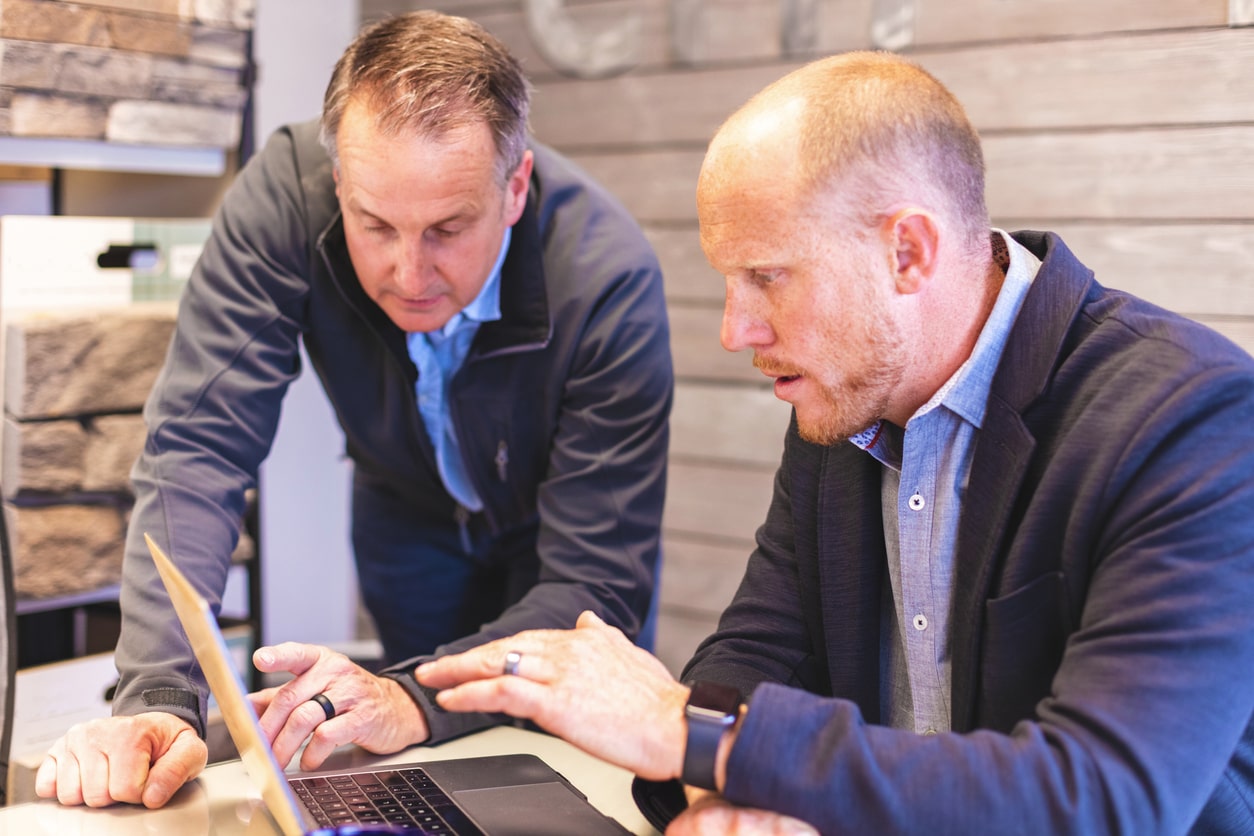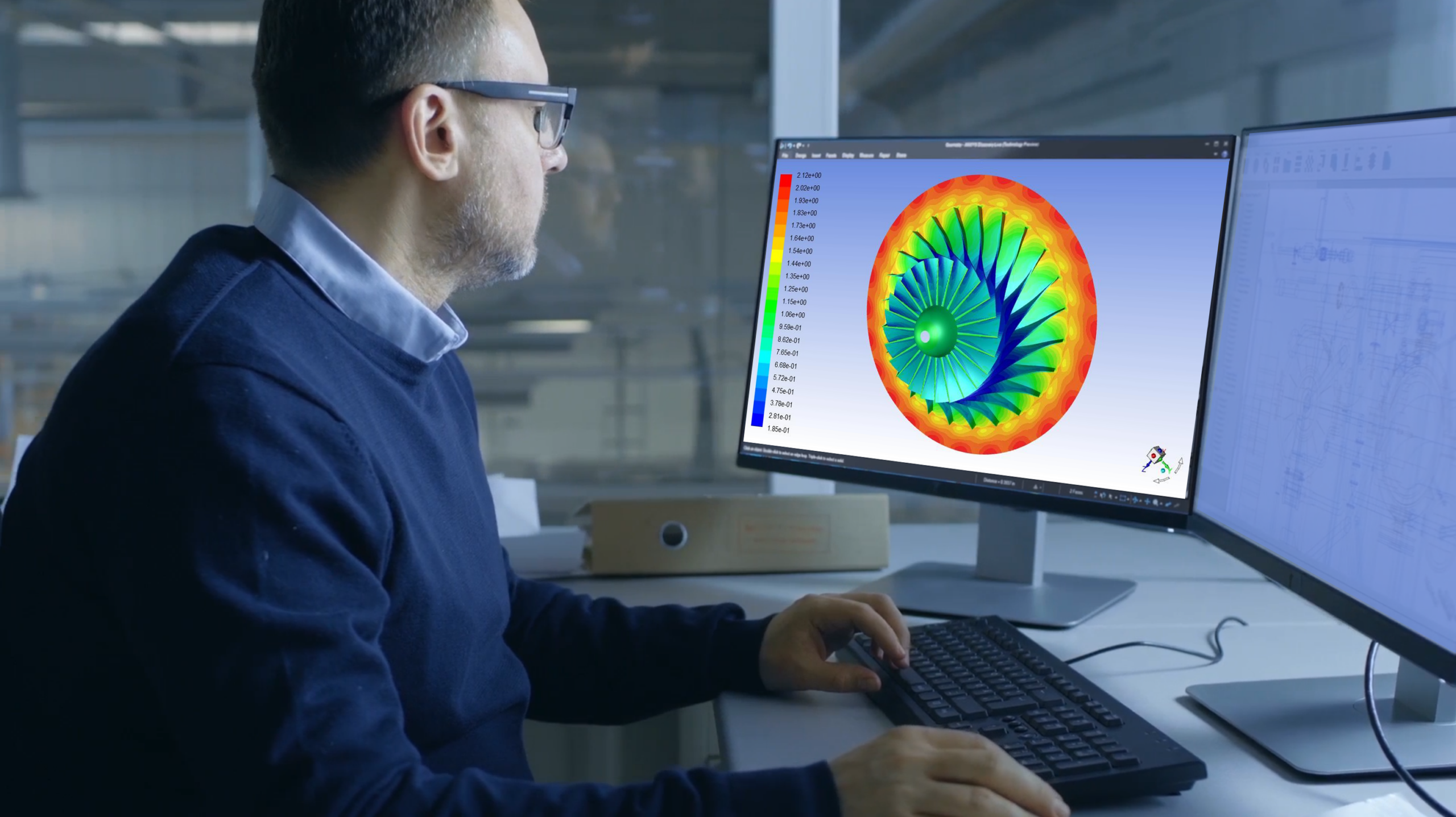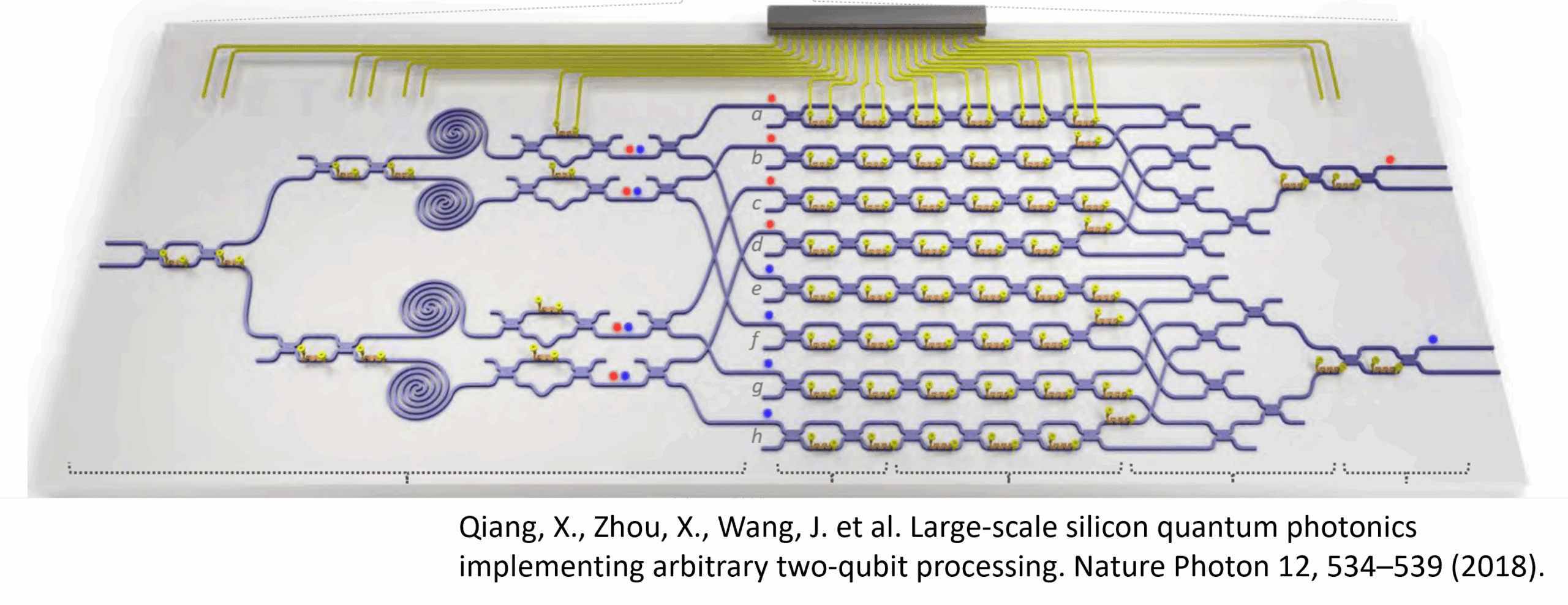Introduction
The smartest engineering teams are discovering that traditional project management wisdom might be holding them back.
What if scope creep in engineering projects could become your competitive advantage?
This counterintuitive approach is transforming how engineering firms compete for high-stakes projects. When technical capabilities become commoditized, differentiation comes from operational excellence. The sustainable advantage emerges from how organizations handle complexity and uncertainty.
The organizations securing the most valuable contracts invest strategically in outcomes rather than just deliverables.
This philosophy represents a fundamental shift in how professional services create value and build sustainable competitive advantages.

How Scope Creep in Engineering Projects is a Strategic Investment
Here’s what smart engineering leaders understand: the highest-value clients aren’t just buying software licenses. They’re investing in relationships that determine whether their breakthrough innovations succeed or fail.
The key is bringing technical expertise into the conversation early and maintaining transparent communication throughout the project lifecycle.
Then you strategically exceed expectations in ways that create mutual value.
When you invest extra time and resources to unlock new capabilities, you’re not just demonstrating adaptability – you’re building the foundation for long-term partnership success.
This approach transforms traditional vendor relationships into strategic alliances where both parties win.
This creates a feedback loop that traditional transactional relationships can’t match. Clients become partners. Partners become advocates. Advocates generate the kind of wins that make competitors irrelevant.
The Unprecedented Opportunity Window
The $35 billion merger between Ansys and Synopsys has has opened an unprecedented window for engineering teams.
As a comprehensive “silicon-to-systems” ecosystem emerges, organizations can handle complexity with less friction, and even channel scope creep in engineering projects into validated, outcome-driven expansions.
Market momentum underscores the shift: the global simulation market is growing from $23.56B in 2024 to a projected $51.11B by 2030.
That growth is powered by AI-accelerated solvers and increasingly complex models that demand serious compute and governance.
Smart teams now choose one of two paths: invest in infrastructure to run advanced workflows in-house, or partner with specialists who already have the scale—so added requests and scope creep in engineering projects become structured discovery, not derailment.
Either path leads to breakthrough innovation capabilities that were impossible just a few years ago.

Your Innovation Opportunities Are Multiplying
The expansion opportunities are everywhere. A simple request to model blood flow in a medical device becomes regulatory compliance consulting, biocompatibility testing, and AI-powered optimization.
A structural analysis deal for a space startup expands into thermal management, electromagnetics, and systems integration.
The most successful firms maintain deep expertise across multiple simulation disciplines – CFD, structural analysis, electromagnetics, optics, and photonics.
Industry consolidation is creating opportunities for more integrated solutions. Companies can now access comprehensive capabilities from single sources rather than managing multiple vendor relationships.
Market data consistently shows that clients value expertise over lowest cost. They prioritize quality, depth, and experience over purely transactional efficiency.
Getting Ahead of Scope Creep in Engineering Projects with Early Simulation Investment
Many engineering teams underestimate simulation ROI and delay investment until problems become expensive. Companies often realize they need simulation after costly prototype failures. The economics strongly favor early simulation investment over reactive problem-solving.
The industry is still learning which communication approaches work best. Many firms struggle to measure marketing effectiveness across complex sales cycles.
Organizations are implementing multiple measurement approaches while building better attribution capabilities.
The most valuable metric appears to be tracking how different touchpoints influence engineering decision-making throughout lengthy evaluation processes.

Industry Evolution and Future Positioning
The simulation industry is consolidating around centers of excellence, from Silicon Valley’s tech innovation to aerospace hubs across North America. Leading firms now support thousands of engineering project teams across mission-critical industries.
The most successful organizations share common characteristics that set them apart in this competitive landscape.
While allowing for a certain, calculated amount of scope creep in engineering projects, teams maintain deep technical expertise, significant engineering capacity, and extensive experience. Many are pioneering more diverse leadership models in an industry that has traditionally lacked representation.
The key differentiator is business models that prioritize long-term partnership value over short-term transactional gains.
When Synopsys delivers integrated capabilities in 2026 that fuse multiphysics across the full EDA stack, the industry will see new possibilities for comprehensive silicon-to-systems solutions.
Organizations that establish these capabilities early will have significant advantages over those who wait.
The evolution from traditional project constraints to strategic flexibility represents a fundamental shift in how engineering services create value.
Recent project successes demonstrate the viability of this approach. Market conditions support its sustainability. Better measurement capabilities will reveal optimal scaling strategies.
The industry is evolving beyond traditional simulation services toward comprehensive product development transformation.
Strategic investment in client outcomes creates the foundation for sustained competitive advantage.
Turn Engineering Project Scope Creep into Strategic Advantage
Change requests don’t have to derail delivery of your engineering projects. When teams align on outcomes, use early simulation to validate options, and tie additions to clear KPIs, “scope creep” becomes structured discovery—not chaos. With transparent comms and lightweight governance, you can capture upside while protecting timelines and budget.
If you’re ready to turn evolving scope into repeatable wins, SimuTech Group can help you operationalize outcome-based delivery—playbooks, simulation checkpoints, and decision rails that keep projects moving. Contact us today to get started!





